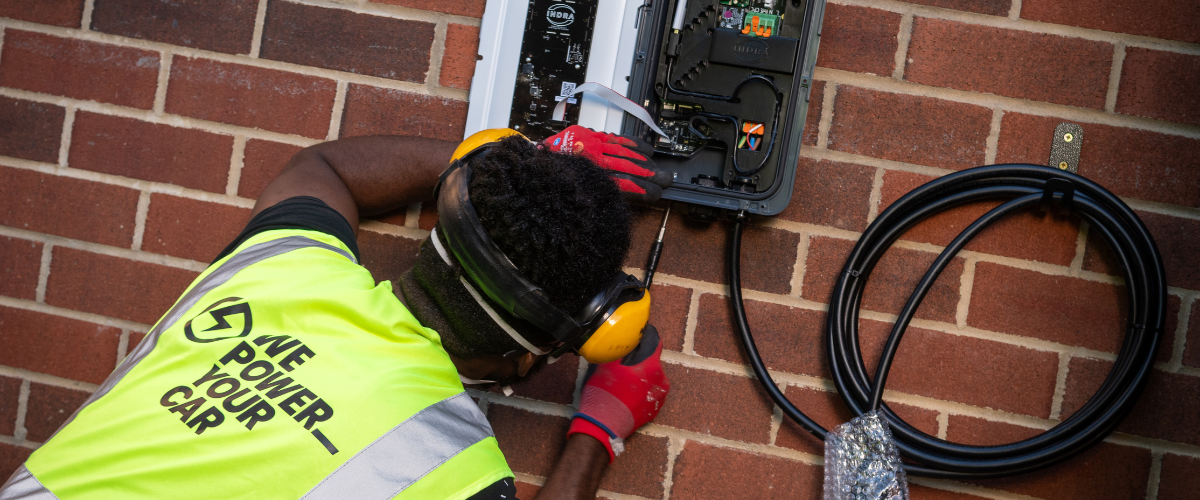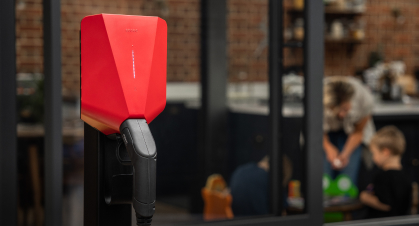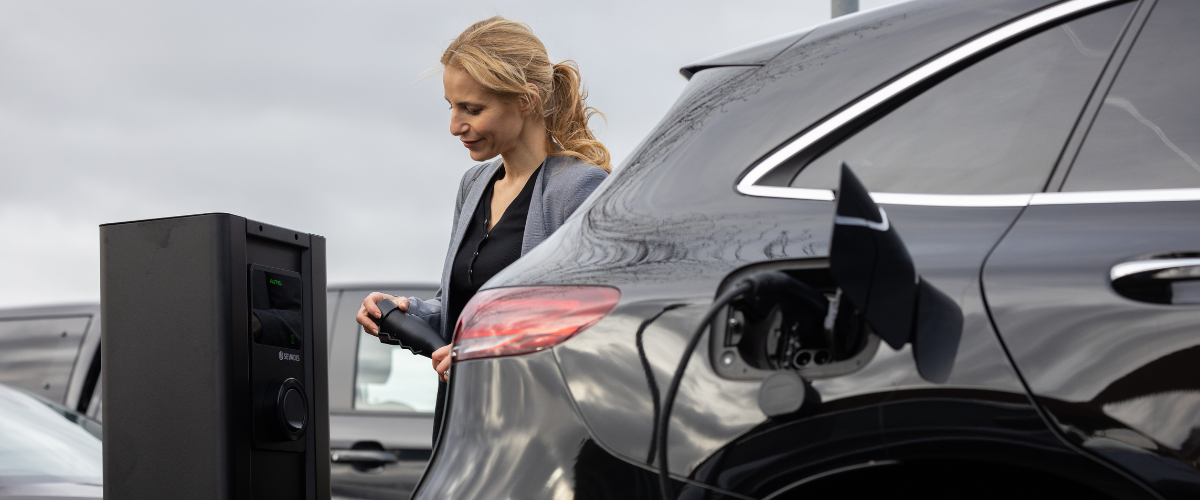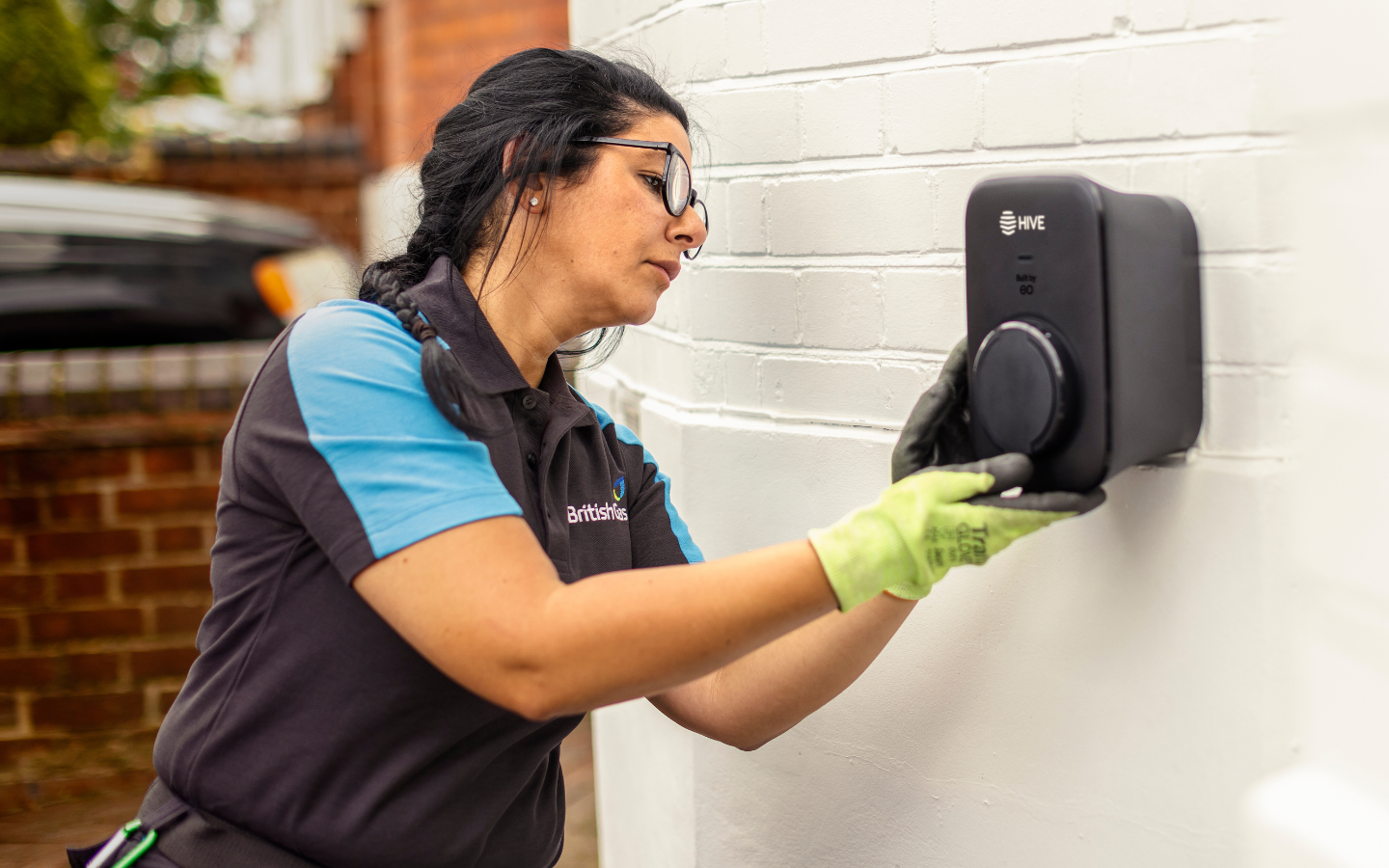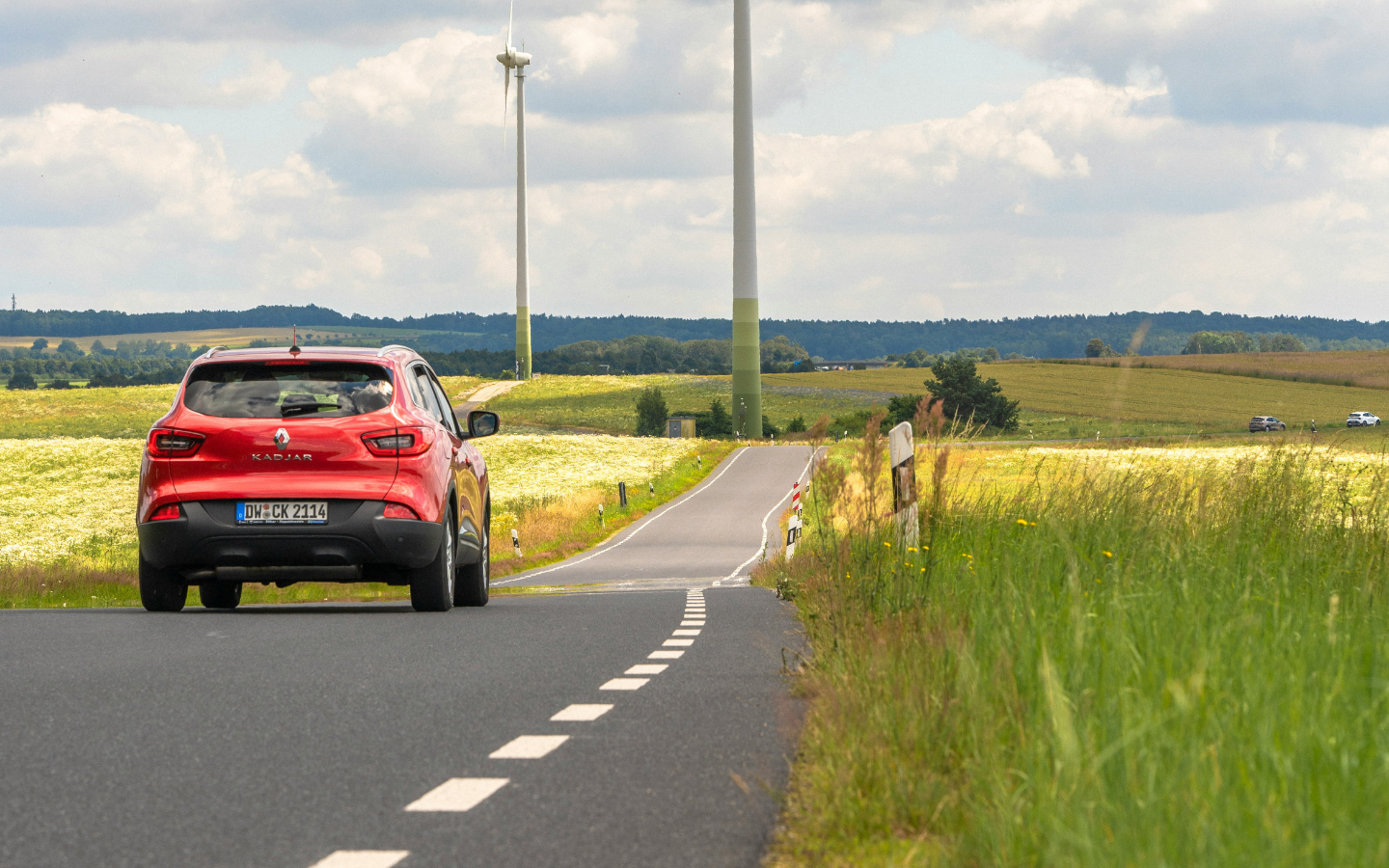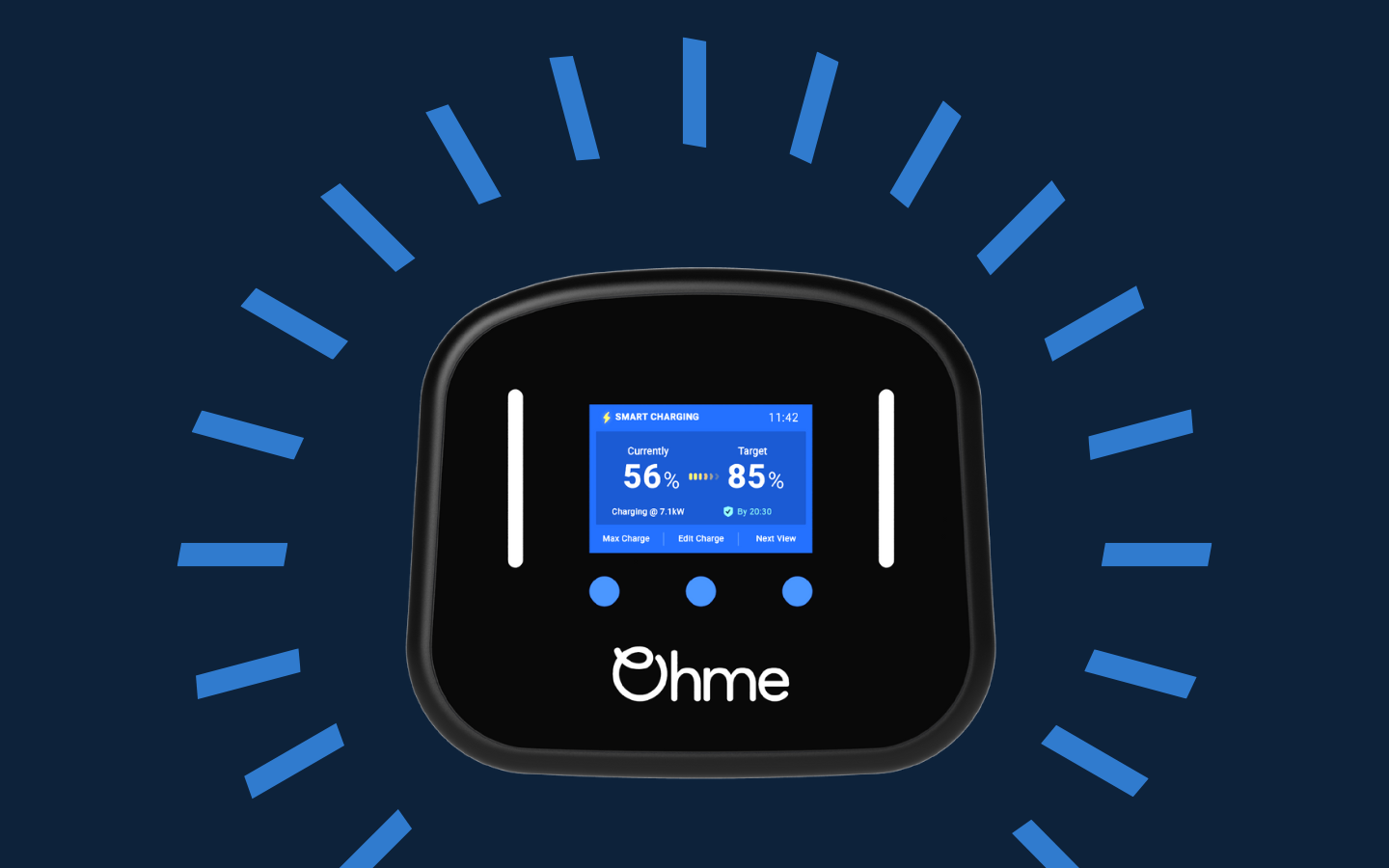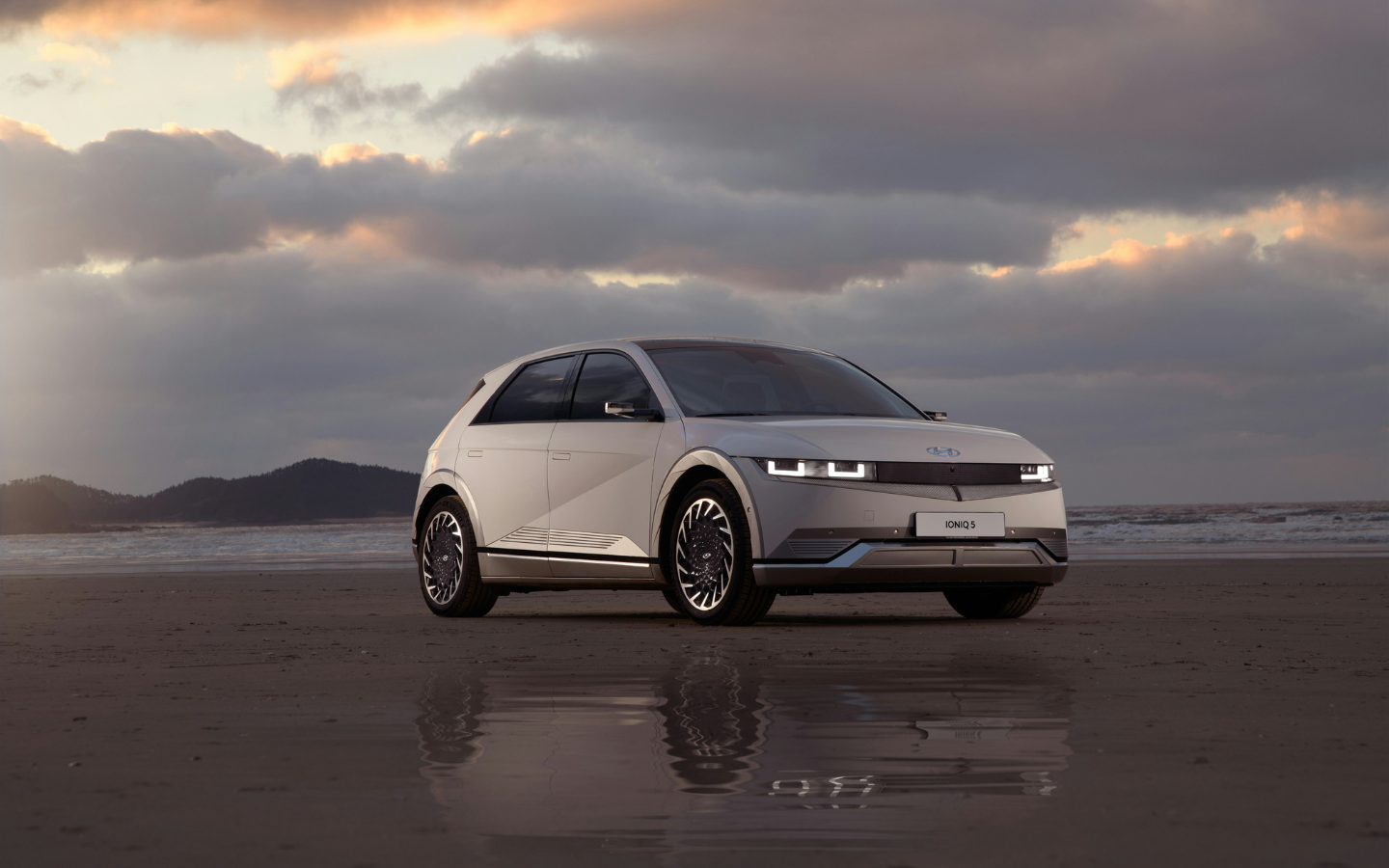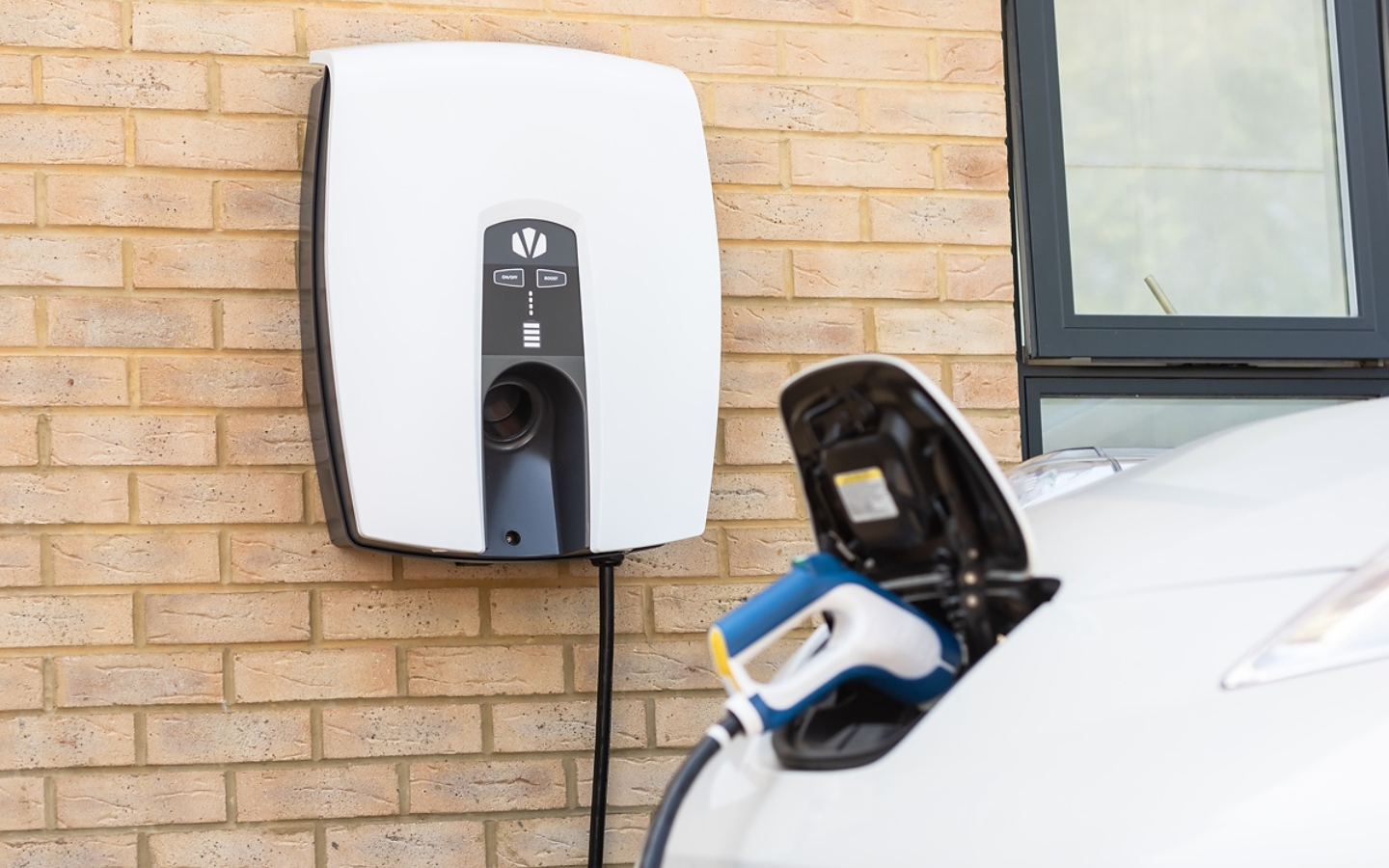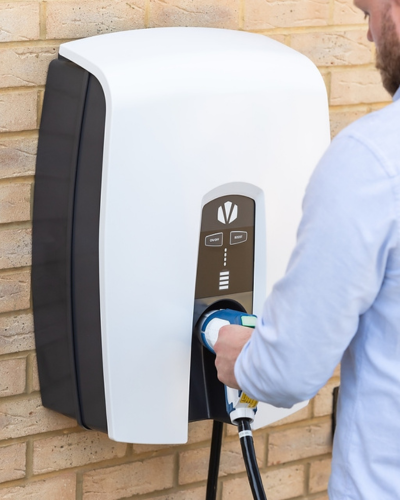
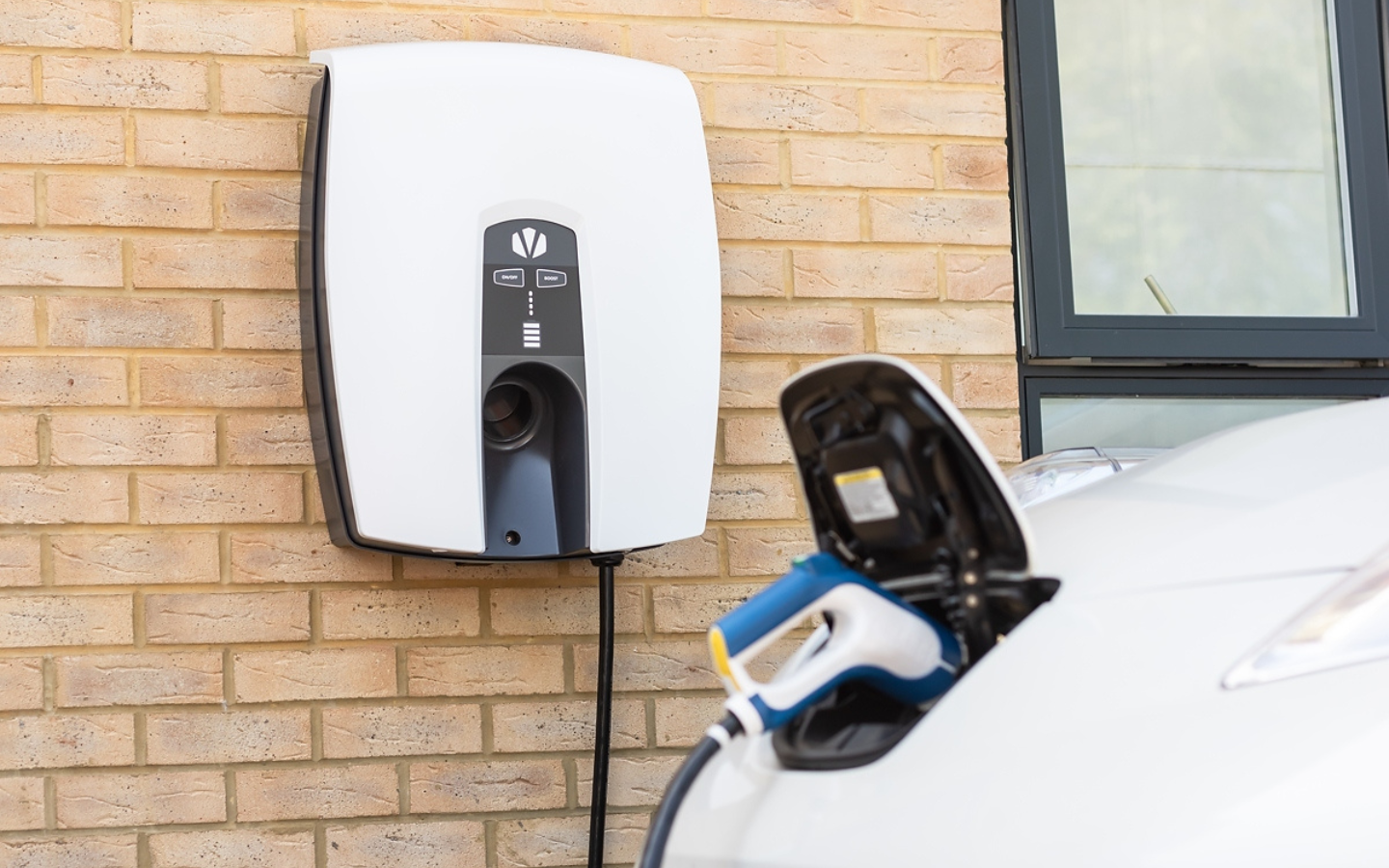
Bidirectional EV chargers: The Future of Smart Charging?
Think smart EV chargers are new? Think again. Bidirectional EV chargers are the latest, greatest and next generation of smart electric car chargers.
Why should you care? Because what if you could not only save money with your EV but also make money? With bidirectional car chargers, you can.
Today’s article covers everything you need to know about bidirectional EV chargers in the UK, including what they are, the benefits, and more.
Quick summary:
Bidirectional EV chargers support two way energy transfers – to and from your electric car. Not only does this mean you can charge your electric car, but bidirectional EV charging allows you to sell electricity back to the grid.
What is a bidirectional EV charger?
In short, bidirectional EV chargers allow the passage of energy. A smart charger can do this, but only unilaterally – or, in layman’s terms, one way. Originally, the flow of electricity in a standard EV charger was from the grid through your EV to your EV battery. With a bidirectional charger, it works bidirectionally – or two ways.
A bidirectional EV charger opens up a new world of charging, providing a gateway to the potential for one’s very own electrical eco-system. Essentially, electric cars are giant batteries on wheels, offering a chance to store energy when you’re not en route. It’s like a portable phone charger – but much, much bigger.
With this, your electric vehicle doesn’t just consume power from the grid. It can store it, meaning it can give it back, too—like your very own power source.
If you’re still struggling with how bidirectional charging works, think of a bidirectional EV charger like a railroad switch on a train track, guiding trains in different directions. One way to charge your car. The other back to the grid (or to your home, an electrical item or everywhere – more on this to come). Though instead of a train, it’s electricity.
The different ways to use your bidirectional EV charger have different names for the different directions the energy can go in. Let’s get into them.
What are the different types of bidirectional charging?
1. Vehicle-to-grid (V2G)
The most common version of bidirectional charging. V2G means transferring the energy in your electric vehicle back to the grid through your bidirectional charger. Do this for free or make some extra cash by selling it at a premium.
2. Vehicle-to-home (V2H)
Direct energy from your electric vehicle (EV) through your bidirectional charger and push it straight to your home, powering it with your car.
With this, you can take advantage of discounted surplus electricity by charging your EV and then redistributing it in your house at a later date. Light up your house. Put the kettle on. Watch your new favourite season on Netflix. All for cheaper.
Power cut? Use the excess energy to bring life back, powering your home.
3. Vehicle-to-load (V2L)
Take the energy from your EV battery to power an external device – something else, elsewhere. So long as your chosen electrical item has a bidirectional charging system, you can pump power into it. Picture kettles, camping gear, and electrical tools. Electricity – transformed.
4. Vehicle-to-vehicle (V2V)
Run out of power? Stranded in the middle of nowhere? Vehicle-to-vehicle technology can help. If an EV driver is nearby, you can charge up one electric car from another.
5. Vehicle-to-everything (V2X)
V2G, V2H, V2L and V2V – this is only the start. Vehicle-to-everything (V2X) is next on the agenda after bidirectional charging spreads its wings. With this, you should be able to do what it sounds like – charge (almost) everything with your electric vehicle, so long as it has bidirectional charging capabilities.
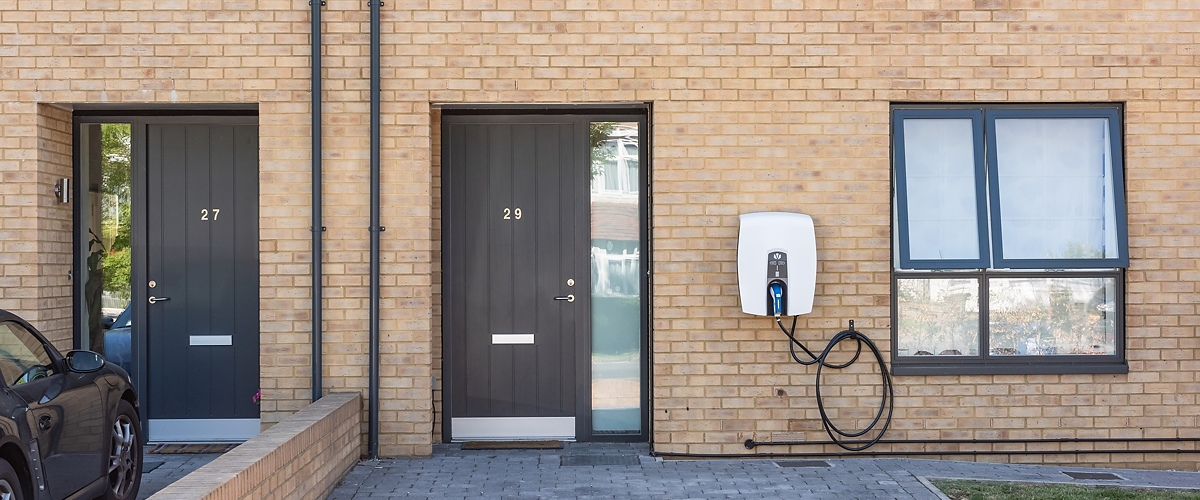
Are all electric cars compatible with bidirectional charging?
Unfortunately, not all electric vehicles are compatible with bidirectional charging stations. For any bidirectional EV charging, you need a compatible car and charger capable of working with bidirectional charging.
In this day and age, there aren’t many cars that are compatible with this functionality. We’re hoping this will change as more and more people become EV owners.
Cast your mind back to a decade ago – electric cars were barely on the scene. Now, however, there are over 1,750,000 UK EV drivers. So, tech does change. And fast.
Which EVs have bidirectional charging?
Ahead of the curve, the first car with compatible bidirectional charging and vehicle-to-grid was the Nissan Leaf. Since 2013, they’ve pioneered bidirectional electric car charging.
But there are others. The most popular electric cars capable of bidirectional charging to some capacity include:
- Nissan Leaf
- Hyundai Ioniq 5
- Kia EV6
- BYD Atto 3
- MG ZS EV
Are there any bidirectional EV chargers on the market?
Currently, bidirectional EV chargers exist but are not widely available to buy in the UK. Many are still very much in the testing and development (R&D) phase or trailing phase. That said, key players in the vehicle-to-grid technology race have already emerged.
Please note some of the below EV chargers are V2G chargers only, while others support different vehicle-to settings.
What are the benefits of bidirectional EV chargers?
1. Save on electricity bills
According to Indra, bidirectional EV chargers in connection with vehicle-to-grid technology can help you save up to £200 a month on energy bills. That does not include how much you could save by charging during off-peak hours in tandem with a smart EV tariff. You can then save even further by charging your EV with solar energy, storing it for a rainy day (no pun intended), and then using it to power your EV when electricity prices soar.
Of course, you need a solar-compatible bidirectional charger to do so.
2. Make money
Sell excess energy back to the grid and bank cash and energy. How? Currently, the UK government pays homeowners to sell back electricity to the grid.
As bidirectional home chargers become more widely known and available, the everyday Joe will be able to sell stored electricity back and be paid for the privilege.
Kaluza also offers these services now, providing the software and platform to manage energy and sell it back if you’re lucky enough to have the EV charging set-up.
3. Power, in your hands
Not only are the cost-saving benefits important, but the control is another. You manage your own electricity using your EV, like a power bank. Charge and discharge whenever you please.
Imagine you’re plunged into darkness. The TV cuts off. Your power has gone down. Don’t stress. You have backup power.
Your bidirectional charger can bring energy back to your home. Safe and secure during power outages.
This is especially useful if you live deep in the countryside.
4. Eco-friendly
Never waste energy again. Store it. Save it. Sell it. It’s up to you.
Forget fossil fuels. Forget energy wastage. Self-consumption is the way to a greener, cleaner future.
5. Grid stability
Share your unwanted energy with the grid to help support it during peak hours. Think after school and work, when the kettle is whistling, the Xbox is flashing, and the washing machine is rumbling.
While this isn’t a pressing issue, offering up any unwanted energy to help is ideal for you and the grid.
Are there any cons to bidirectional charging?
1. Expensive
We’re not going to lie. Bidirectional EV chargers are new tech. And new tech is expensive. Just like the new release of the iPhone.
And like everything new, especially technological, there is usually a hefty price tag attached. Compare this to battery storage and solar panels. Bidirectional chargers are no different.
Overall, you’re looking at spending thousands of pounds on a bidirectional charger. Roughly £3,000 – £6,000.
Conclusion: Bidirectional EV chargers – one for the future?
Blackouts or bills, bidirectional EV chargers will come in handy. It’s intelligent tech to seriously consider in the future if you’re smart about savings – especially as energy bills soar.
To summarise, bidirectional EV charger benefits can’t be snubbed. Save on electricity bills, control your own power, cut energy wastage, support grid stability and even make your own money. Using your electric car as an energy source has never seemed more appealing.
Realistically, smart charging is just the foundation of cheaper electric car charging, and bidirectional charging is the bricks. If you can afford it when they are on sale, we would recommend taking advantage.
Start smart EV charging today and save hundreds of pounds
Cheaper charging starts with a smart charger. In fact, you can charge at home for as little as 5p per mile, according to the AA.
Ready for a smart EV charger and installation?
Let us do the heavy work. Our EV charger experts are spread far and wide across the UK, meaning wherever you are, we can supply and install your charging point. Relax as we manage the entire process, from DNO application to grant paperwork and, of course, safe installation – all with first-class customer service.
Don’t believe us? Check out our Trustpilot: We’re rated 4.9 ‘Excellent’, with over 1,900 reviews.
Get your free EV charger and installation quote below or browse our market-leading range of EV home chargers. Need a helping hand? Contact us directly at 03333 44 96 99.
Alternatively, explore our detailed guide to electric vehicle charger installation.
Stay connected for the latest EV news, offers, and updates: follow us on Facebook, Twitter, LinkedIn and YouTube.
